Delivering a culturally relevant computing curriculum: new guide for teachers
In computing education, designing equitable and authentic learning experiences requires a conscious effort to take into account the characteristics of all learners and their social environments. Doing this allows teachers to address topics that are relevant to a diverse range of learners. To support computing and computer science teachers with this work, we’re now sharing a practical guide document for culturally responsive teaching in schools.

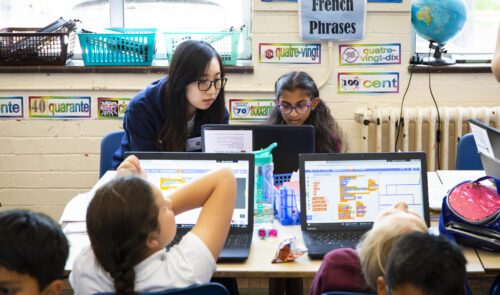
We need to make computing culturally relevant
Making computing culturally relevant means that learners with a range of cultural identities will be able to identify with the examples chosen to illustrate computing concepts, to engage effectively with the teaching methods, and to feel empowered to use computing to address problems that are meaningful to them and their communities. This will enable a more diverse group of learners to feel that they belong in computing and encourage them to choose to continue with it as a discipline in qualifications and careers.
Such an approach can empower all our students and support their skills and understanding of the integral role that computing can play in promoting social justice.
Yota Dimitriadi, Associate Professor at the University of Reading, member of the project working group
We introduced our work on this new document to you previously here on the blog. Check out the previous blog post to find out more about the project’s funding and background, and the external working group of teachers and academics we brought together to develop the guide.
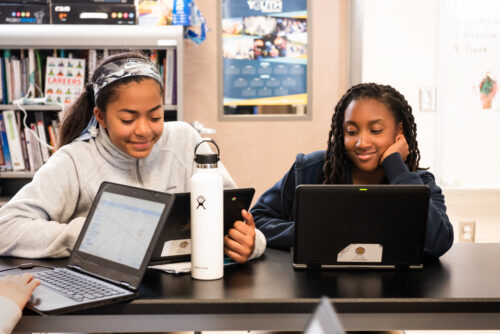
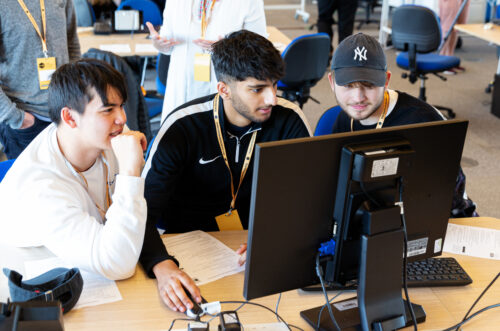
Some shared definitions
To get the project off to the best start possible once we had assembled the working group, we first spent time drawing on research from the USA and discussing within the working group to come to a shared understanding of key terms:
- Culture: A person’s knowledge, beliefs, and understanding of the world, which are affected by multiple personal characteristics, as well as social and economic factors.
- Culturally relevant pedagogy: A framework for teaching that emphasises the importance of incorporating and valuing all learners’ knowledge, ways of learning, and heritage, and that promotes critical consciousness in teachers and learners.
- Culturally responsive teaching: A range of teaching practices that draw on learners’ personal experiences and cultural identities to make learning more relevant to them, and that support the development of critical consciousness.
- Social justice: The extent to which all members of society have a fair and equal chance to participate in all aspects of social life, develop to their full potential, contribute to society, and be treated as equals.
- Equity: The extent to which different groups in society have access to particular activities or resources. To ensure that opportunities for access and participation are equal across different groups.

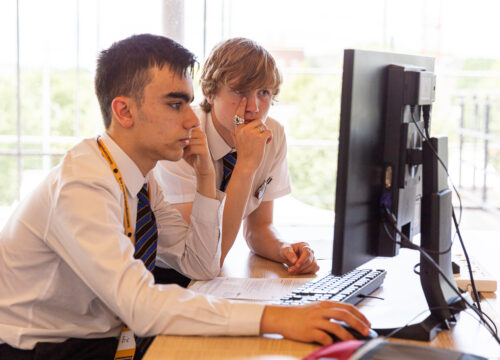
To bring in the voices of young people into the project, we asked teachers in the working group to consult with their learners to understand their perspectives on computing and how schools can engage more diverse groups of learners in elective computer science courses. The main reason that learners reported for being put off computing: complex or boring lessons of coding activities with a focus on theory rather than on practical outcomes. Many said that they were inspired by tasks such as producing their own games and suggested that early experiences in primary school and Key Stage 3 had been very important for their engagement in computing.
Curriculum, teaching approaches, and learning materials
The guide shows you that a culturally relevant pedagogy applies in three aspects of education, which we liken to a tree to indicate how these aspects connect to each other: the tree’s root system, the basis of culturally relevant pedagogy, is the focus of the curriculum; the tree’s trunk and branches are the teaching approaches taken to deliver the curriculum; the learning materials, represented by the tree’s crown of leaves, are the most widely visible aspect of computing lessons.
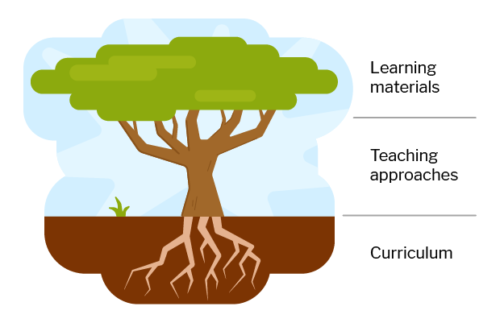
Each aspect plays an important role in culturally relevant pedagogy:
- Within the curriculum, it is important to think about the contexts in which computing concepts are taught, and about you make connections with issues that are meaningful to your learners
- Equitable teaching approaches, such as open-ended, inquiry-led activities and discussion-based collaborative tasks, are key if you want to provide opportunities for all your learners to express their ideas and their identities through computing
- Finally, inclusive representations of a range of cultures, and making learning materials accessible, are both of great importance to ensure that all your learners feel that computing is relevant to them
You can download the guide on culturally relevant pedagogy for computing teachers now to explore the resources provided:
- You’ll find a lot more information, practical tips, and links to resources to support you to implement culturally relevant pedagogy in all these aspects of your teaching
- The document links to different available curricula, and we have highlighted materials we’ve created for the Teach Computing Curriculum that promote key aspects of the approach
- We’ve also included links to academic papers and books if you want to learn more, as well as to videos and courses that you can use for professional development
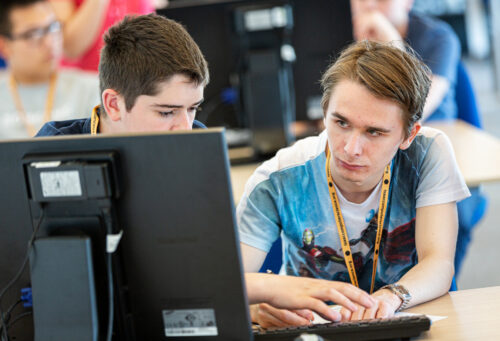
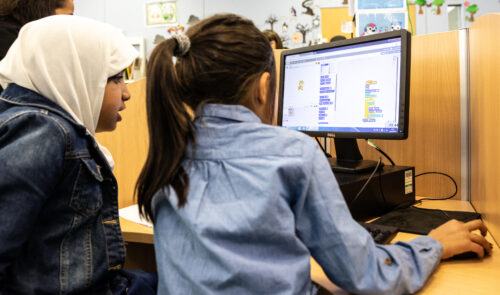
What was being part of the working group like?
One of the teachers who was part of the working group is Joe Arday from Woodbridge High School in Essex, UK. Joe originally worked in the technology sector and has been teaching computing for ten years. We asked him about his experience of being part of the project and how he plans to use the guide in his own classroom practice:
“It has been an absolute privilege to play a part in working towards producing the guide that my own children will be beneficiaries of when they are studying the computing curriculum throughout their education. I have been able to reflect on how to further improve my teaching practice and pedagogy to ensure that the curriculum taught is culturally diverse and caters for all learners that I teach. (Also, having the opportunity to work with academics from both the UK and US has made me think about becoming an academic in the field of computing at some point in the future!)”

Joe also says: “I plan to review the computing curriculum taught in my computing department and sit down with my colleagues to work on how we can implement the guide in our units of work for Key Stages 3 to 5. The guide will also help my department to work towards one of my school’s aims to encourage an anti-racism community and curriculum in my school.“
Continuing the work
We hope you find this resource useful for your own practice, and for conversations within your school and network of fellow educators! Please spread the word about the guide to anyone in your circles who you think might benefit.
We plan to keep working with learners on their perspectives on culturally relevant teaching, and to develop professional development opportunities for teachers, initially in conjunction with a small number of schools. As always with our research projects, we will investigate what works well and share all our findings widely and promptly.
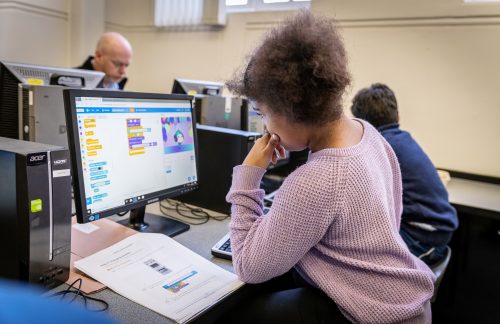
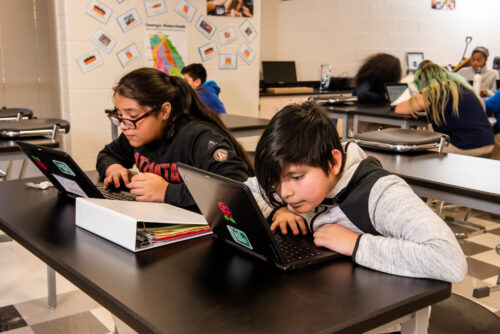
Many thanks to the teachers and academics in the working group for being wonderful collaborators, to the learners who contributed their time and ideas, and to Hayley Leonard and Diana Kirby from our team for all the time and energy they devoted to this project!
Working group
Joseph Arday, FCCT, Woodbridge High School, Essex, UK
Lynda Chinaka, University of Roehampton, UK
Mike Deutsch, Kids Code Jeunesse, Canada
Dr Yota Dimitriadi, University of Reading, UK
Amir Fakhoury, St Anne’s Catholic School and Sixth Form College, Hampshire, UK
Dr Samuel George, Ark St Alban’s Academy, West Midlands, UK
Professor Joanna Goode, University of Oregon, USA
Alain Ndabala, St George Catholic College, Hampshire, UK
Vanessa Olsen-Dry, North Cambridge Academy, Cambridgeshire, UK
Rohini Shah, Queens Park Community School, London, UK
Neelu Vasishth, Hampton Court House, Surrey, UK

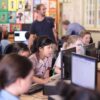
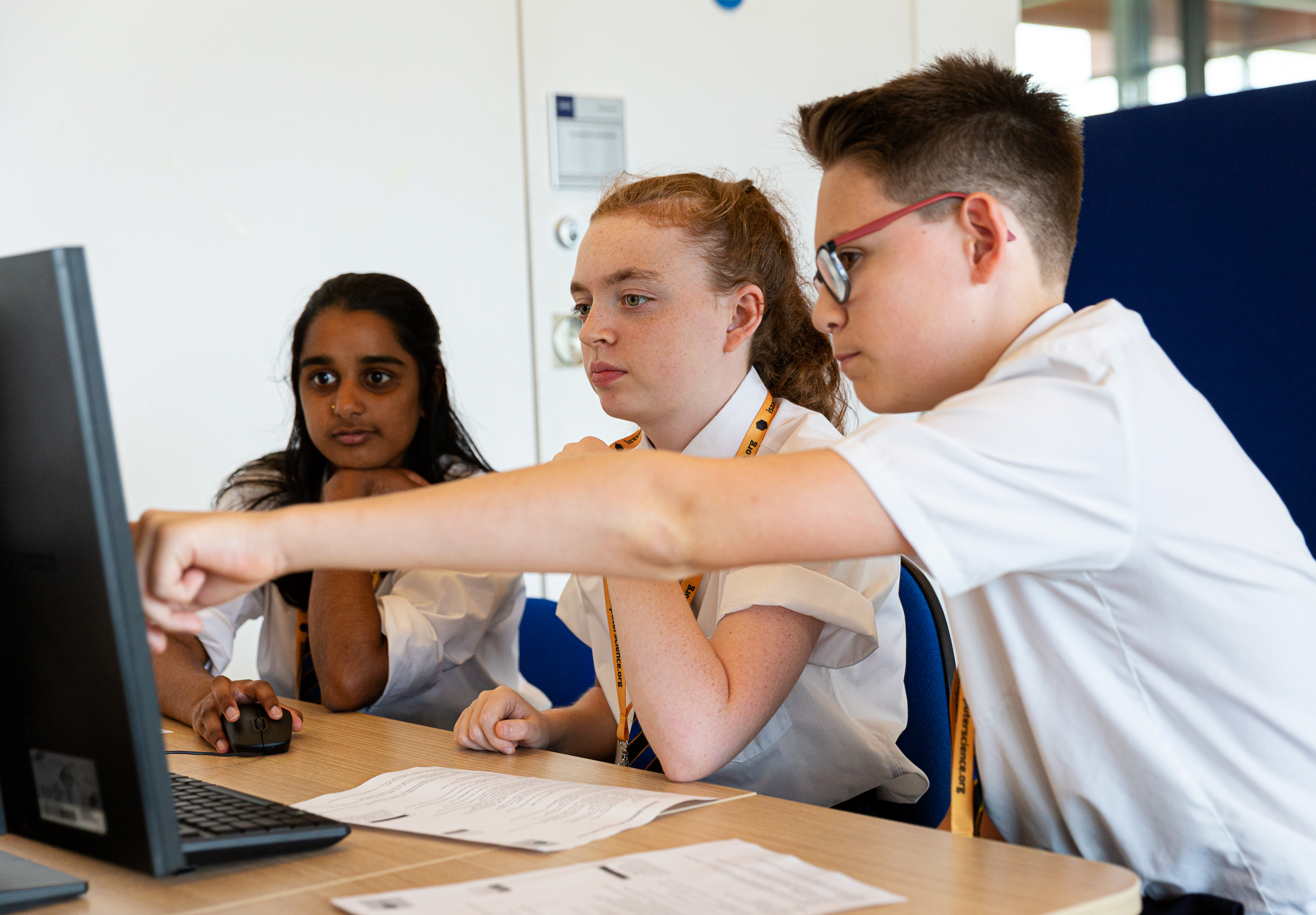
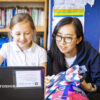

2 comments
Jack
Very excellent method. Using practical problem solving as a basis provides an engaging construct. I would like to suggest, the selection of application should be age directed. Using a banking example with eight-year-olds will loose the audience. Perhaps a dog washing system for a maker class, or a cost tracking system for a lemonade stand. Keep the examples fun, and it becomes easier to hold their attention.
Ali Alzubaidy
Raspberry Pi projects are amazing I used them with MyCodeClub members, the amazing thing they join between coding and another science STEAM Education